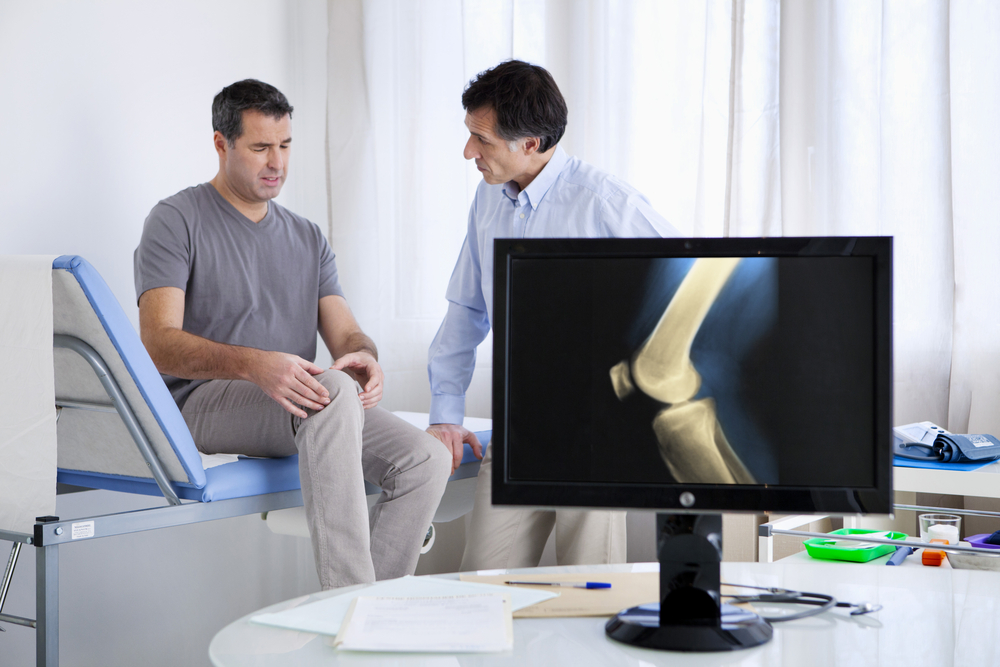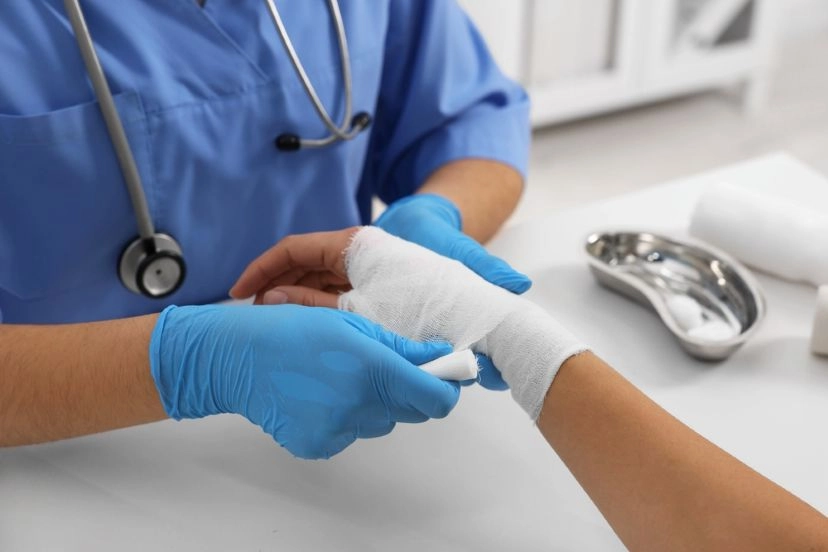Total Knee Replacement Surgery

Knee Replacement Surgery or Knee Arthroplasty is a surgical procedure that the diseased, damaged or worn out joints are replaced with artificial material. The procedure is performed when nonsurgical treatment is not effective to reduce the pain and when it is difficult for patient to do normal activities such as walking or climbing stairs.
The main reason behind knee replacement surgery is of course to ease the pain caused by some joint problems and the most common one is arthritis.
1. Osteoarthritis occurs when the protective cartilage on the ends of your bones soften and wears down over time. The loss cartilage then causes the bone rub against each other, joint is damaged leading to pain, stiffness and swelling.
2. Rheumatoid arthritis (RA) is an autoimmune disease in which the body’s immune system mistakenly attacks the joints. This creates inflammation, swelling and pain in and around the joints.
3. Post-traumatic arthritis. The articular cartilage may be damaged over time from fractures of the bone surrounding the knee or tears of the knee ligaments.
Before the surgery
Before the procedure, The doctor or surgeon will take your medical history and order many tests such as blood tests, urinalysis, chest X-rays and electrocardiograms (EKG or ECG) to rule out other medical problems that may interfere with your surgery.
During the surgery
Surgery is usually performed either under general, spinal or epidural anesthetic. The surgeon, together with the anesthesiologist will usually determine what type of anesthetic will be used depending on many factors. During the procedure, the orthopedic surgeon will remove the damaged surfaces of the knee joint and resurface the knee joint with artificial material made up of metal and or plastic. It takes approximately 1-2 hours.
After the surgery
Usually on day 2, a physical therapist will meet you to plan a rehabilitation program; you will begin standing and walking using an assistive device with the help of a physical therapist (PT). Hospitalization is around 5-6 days.
Multimodal Pain Management
The top concern among many patients who need replacement surgery is the uncontrolled pain that might occur during the surgery, after the surgery, and even after returning home. Several surgeon, therefore, adopt the technique called “ multimodal pain management” This method focuses on pain control before, during and after the surgery which involves the use of different types of analgesics to provide superior pain relief. Patients will have fewer complications like nausea and dizziness. The technique also allows immediate mobilization and earlier discharge from the hospital. One day after the surgery; the patient can walk using assistive device such as walker, crutches or a cane. The patient is able to bend his or her knee in day two and leave the hospital in day three.
When the surgery is recommended
1. Severe knee pain or stiffness that limits your everyday activities
2. Chronic knee inflammation and swelling that does not improve with rest or medications
3. Knee deformity
4. Failure to improve with other treatments


